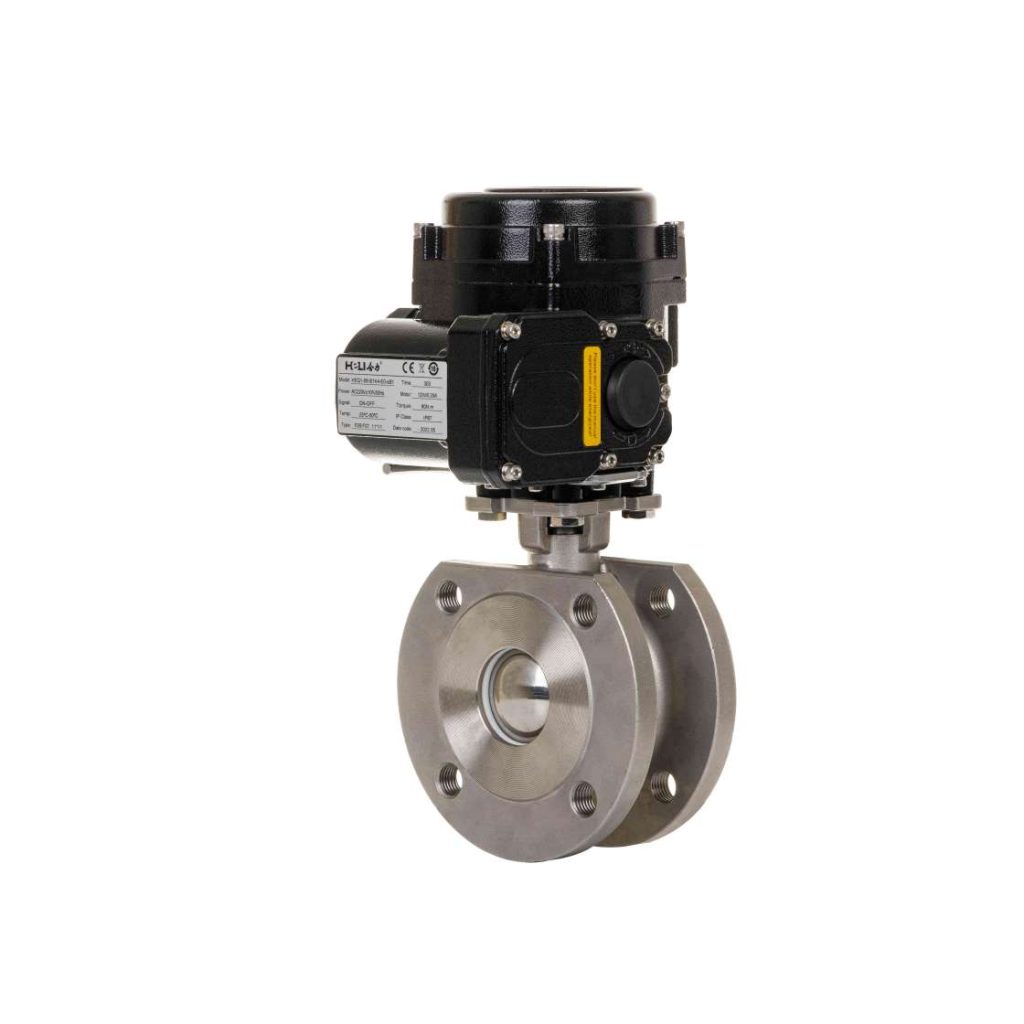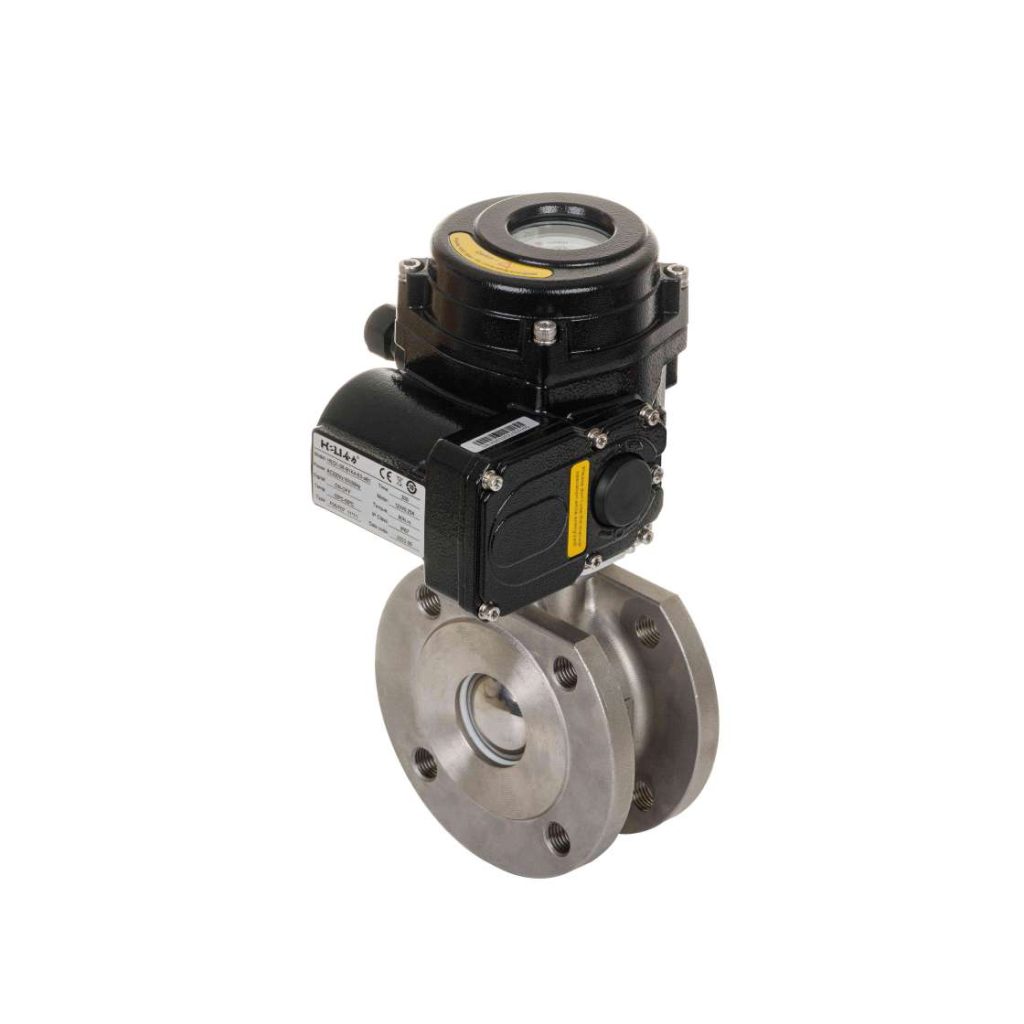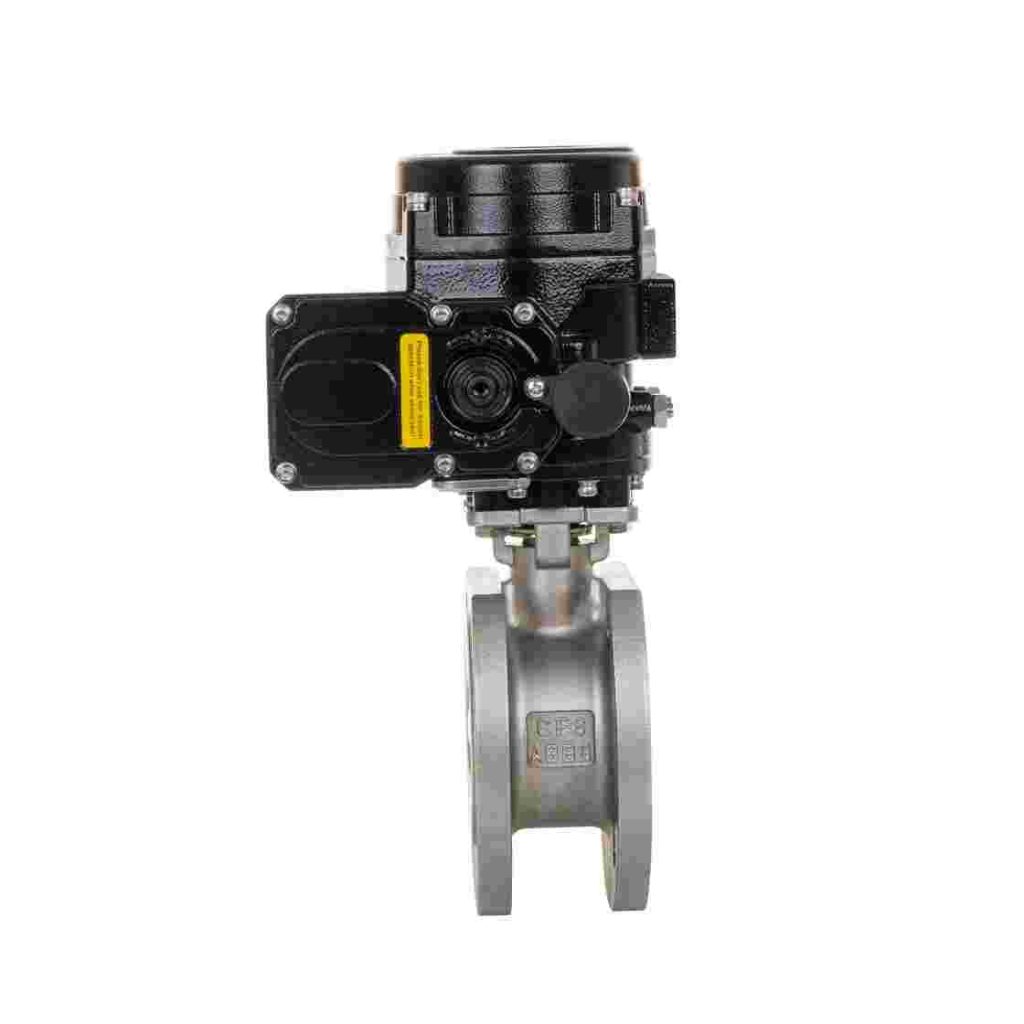The electric flanged hard seal butterfly valve is a specialized type of valve commonly used in industries that require precise control of fluid or gas flow. This valve combines the benefits of electric actuation, a flanged connection, and a hard seal design, offering reliable performance in a variety of demanding applications. Whether it’s for water treatment, power generation, or chemical processing, understanding how this valve works, its components, and the applications where it’s most effective is essential for engineers and plant operators. In this article, we will explore the design, operation, and advantages of the electric flanged hard seal butterfly valve.

What is an Electric Flanged Hard Seal Butterfly Valve?

An electric flanged hard seal butterfly valve is a type of quarter-turn valve that uses a disc (or “butterfly”) to regulate the flow of fluids or gases through a pipe. The valve’s operation is driven by an electric actuator, which allows for automated control, making it ideal for systems requiring remote or automated operation. The “flanged” part of the name refers to the valve’s method of connecting to a pipeline using flanges, which are bolted to the valve’s body and the pipe to ensure a secure and leak-proof joint. The “hard seal” refers to the sealing mechanism used in the valve, which typically involves a robust, durable material that provides a tight seal to prevent leakage. This design is particularly suited for applications involving high pressure, extreme temperatures, and aggressive chemicals, as the hard seal can withstand the stress and harsh conditions without compromising the valve’s performance.
